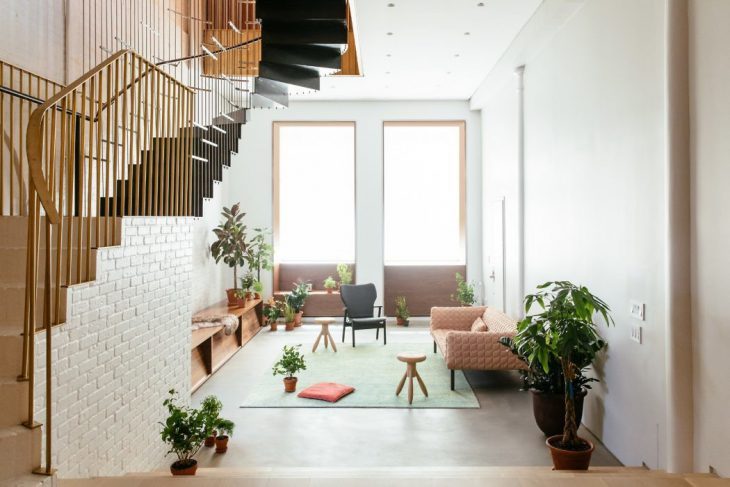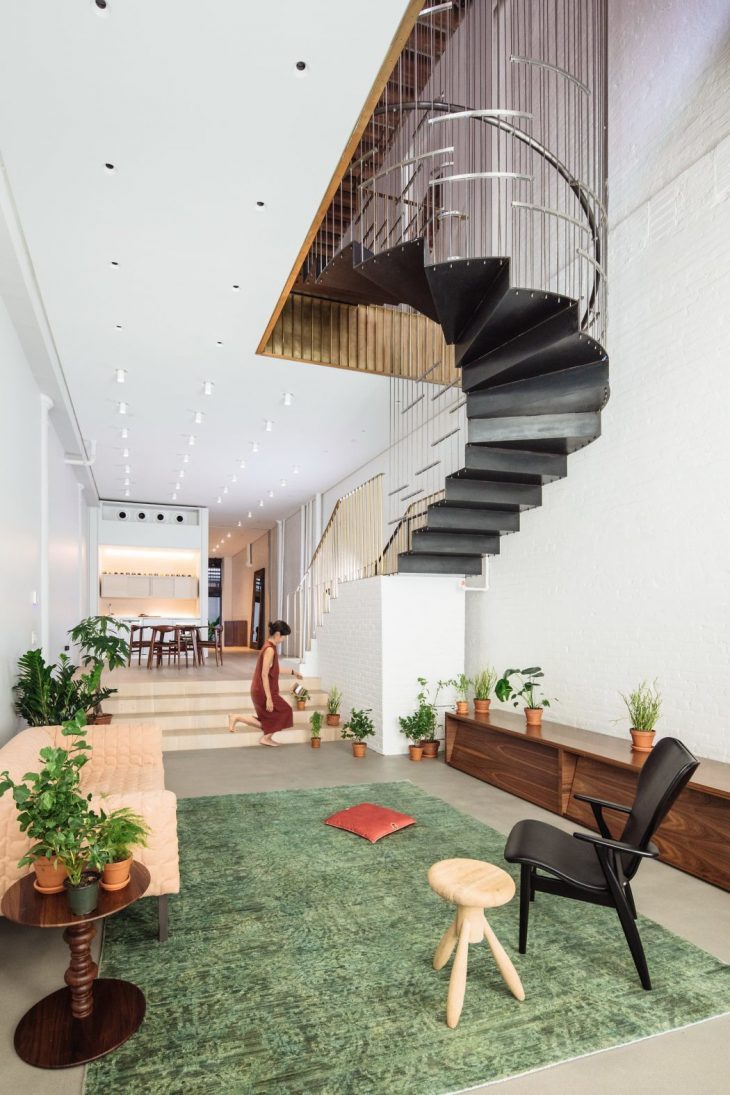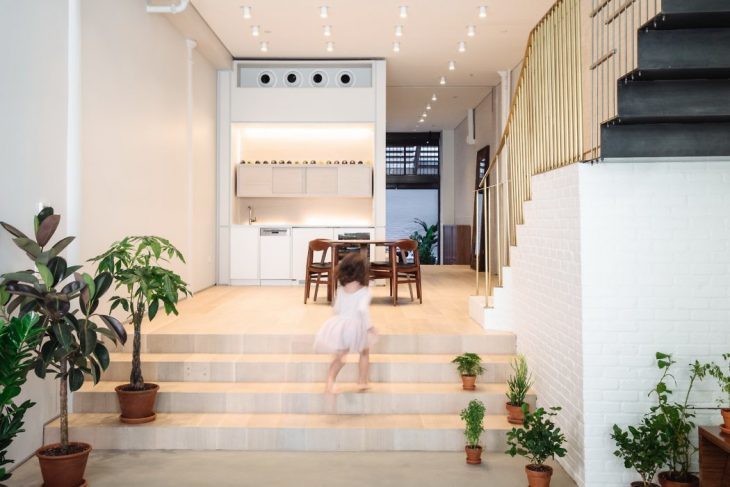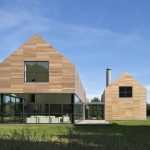
Gardens add so much more beauty to any property that it’s never a bad idea to start one, but it’s always better to begin small. Even when you don’t have the time or will to grow a full-fledged garden, it’s possible to have an indoor garden that requires minimum maintenance but ends up adding great aesthetic value to your home.
To encourage you into starting an indoor garden of your own, here are five helpful tips that should prove to be useful.
Read more tips from Archiscene Editors after the jump:

Humidity is Good
Hot and humid may not be the ideal conditions for us, but it is certainly perfect for your indoor garden. Check out the following tips for increasing humidity inside for a thriving indoor garden.
• Put all the plants in close proximity to each other
• Pebbles in a dish of water work great
• Use a humidifier intelligently, when the air inside gets too dry
If you are looking for beautiful indoor plants, Calathea Pinstripe is the most popular plant and it is used for medium-high temperatures and high humidity.
Wooden Planters are Better than Pots
Wooden planters beat classic clay pots in almost every possible way. They allow more room for the roots to grow properly and look so much more stylish. You can either play it safe by choosing the old rectangular planter, or if you are feeling adventurous, try out an obelisk, which are perfect for climbers. Feel free to put a few of extra planters outside in the garden or on the patio to highlight certain areas of your outdoor décor.
Sun is Still a Necessity (for Most)
Not all indoor plants need the sun to thrive, but some do. Aloe Vera, sago palm, jade, the snake plant, crotons, hibiscus, and jasmine are just some of the commonly grown species of indoor plants which definitely need ample sunlight to stay healthy and grow. Do your research on the plants that you have or are planning to have in your indoor garden. Once you know which plants need the sun the most, make sure that they are getting enough of it. So if you are building a green home, this plant can be a great addition North or north-east window sills are perfect for this, unless something is blocking the sunlight from that side. In that case, place the plants in the sections of the house which gets the most sunlight.

Heating or Cooling Ducts will Kill Your Plants
In most cases, placing a plant near the HVAC vents will kill it. Even if it doesn’t die, the growth and health of the plant will definitely be hampered. Place them away from the ducts, as much as possible.
Water Your Plants Intelligently
There are a few rules to watering plants and they differ depending on the particular species. Keep the following tips in mind to make sure you are not overwatering them because that can potentially kill the plant too.
• Put your finger into the soil to see if it feels wet and if it does, don’t water the plant
• The drier the weather, the more watering it will need, but the above rule always applies
• Mist the leaves and branches to keep them from becoming too dry due to the dry indoor air
The best way to start your home garden would be to start with just a handful of easy to grow species at a time. Fertilisation might also be necessary later on, but initially, just concentrate on matching your plants with the season and the overall climate of the region where you live.
All images from the stunning residential project Raft Loft by Dash Marshall



